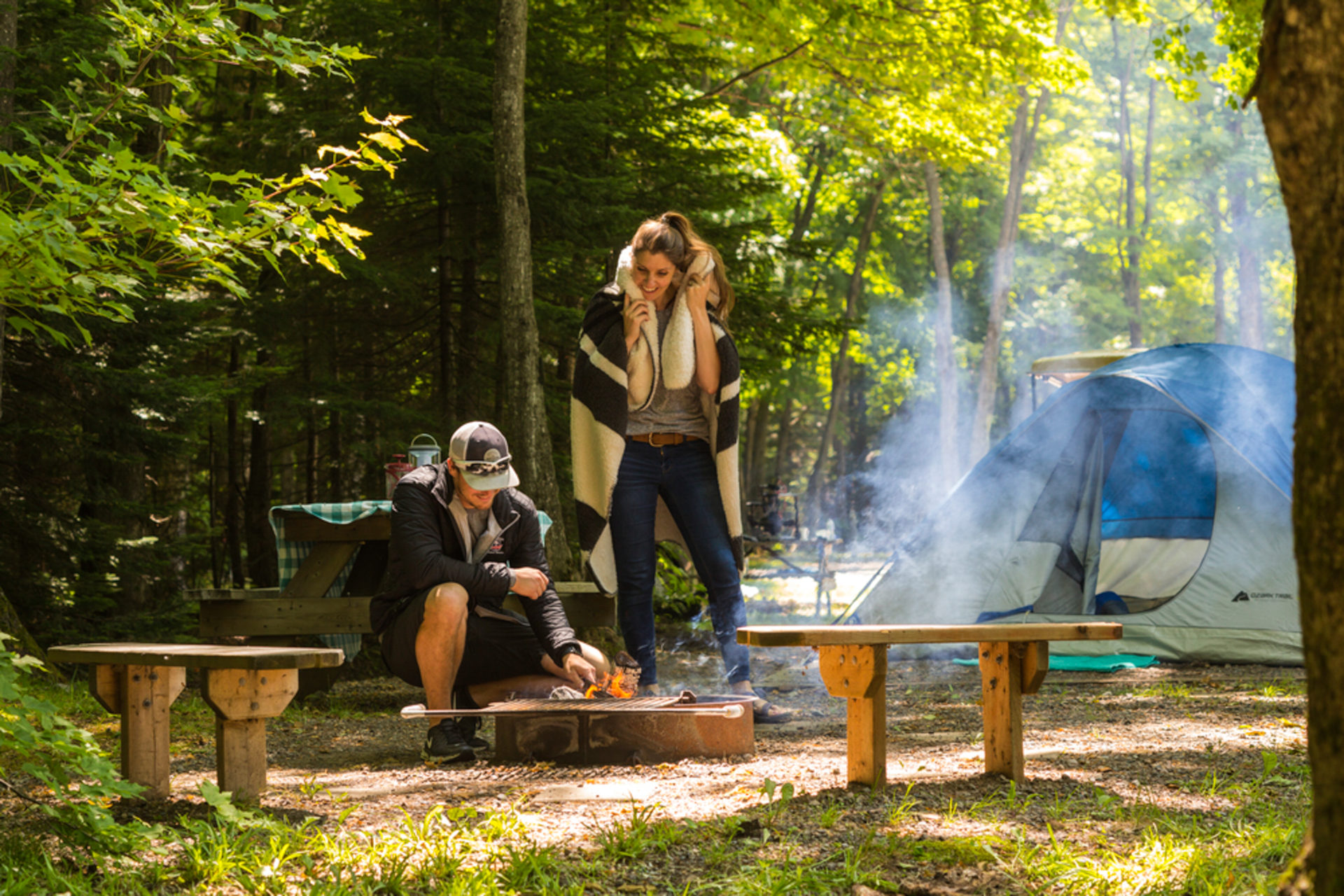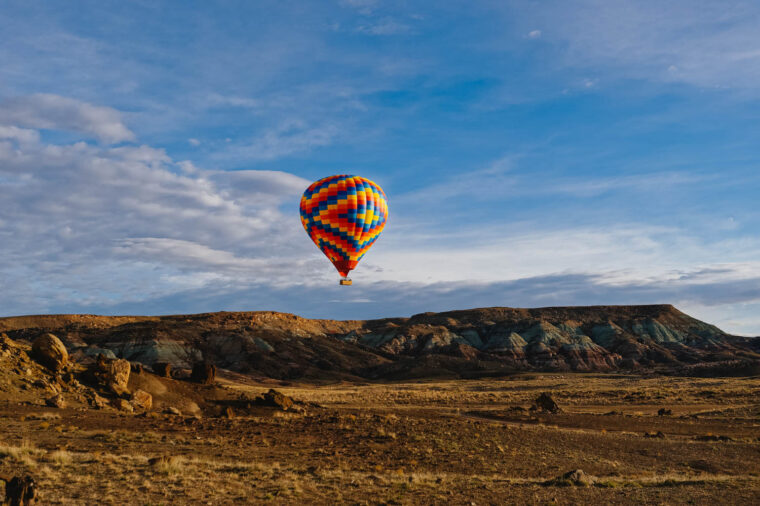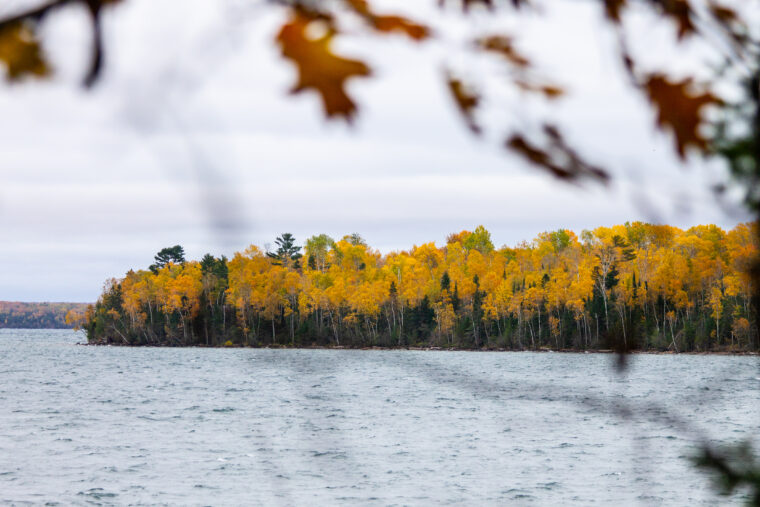While the number of people seeking outdoor recreation activities is growing exponentially, thankfully, so is the desire to remain environmentally conscious while enjoying the outdoors.
“I think COVID has kind of inspired many of us to travel in a slightly more gentle way,” says Anne Hardy, associate professor in the School of Social Sciences at the University of Tasmania and co-author of a 2008 research project on RV travelers and their environmental impact. “One of the big movements in terms of environmental consciousness, I think, was the vanlife movement, and that’s really centered around minimizing life and the ownership of things.”
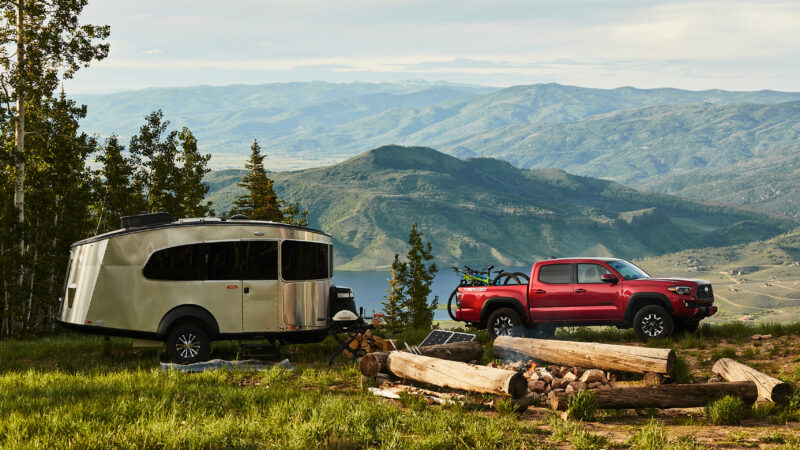
Hardy notes that other behaviors, like buying organic products and eating healthy foods, typically go hand in hand with this lifestyle.
For campers and RVers who are interested in slow travel, there are many ways to incorporate sustainable practices that benefit people and the planet.
Tips for Green RV Living: How to Hit the Road With Sustainability in Mind
The Environmental Impact of Camping and RVing
When thinking about the negative impacts of camping and RVing, the latter typically generates more cause for concern––especially considering the many forms of damage caused by fuel consumption, which Hardy says is the primary environmental issue for RV travel.
“I think … there’s a huge amount of interest in fuel consumption that’s actually going to be driving people’s behavior toward environmentally sustainable vehicles,” Hardy says, even though this behavior is more likely linked to fuel costs than environmental responsibility.
Besides fuel consumption, the U.S. Forest Service encourages campers and RVers to also reduce their impact, like trash and waste from gray and black water tanks; human-caused wildfires; and soil erosion.
“RVs can cause erosion and trampling of the ground from the parking areas, particularly if they’re left in one place at a time,” Hardy says.
How to Save on Fuel and Improve Your RV’s Gas Mileage
Additional impacts that deserve attention are other forms of pollution, such as light, noise, and water; loss of vegetation; natural habitat spoilage; as well as the introduction of invasive and non-native species.
“Throughout the Forest Service, Forests have implemented sustainability projects to reduce the environmental impacts caused from outdoor recreation,” the Forest Service states.
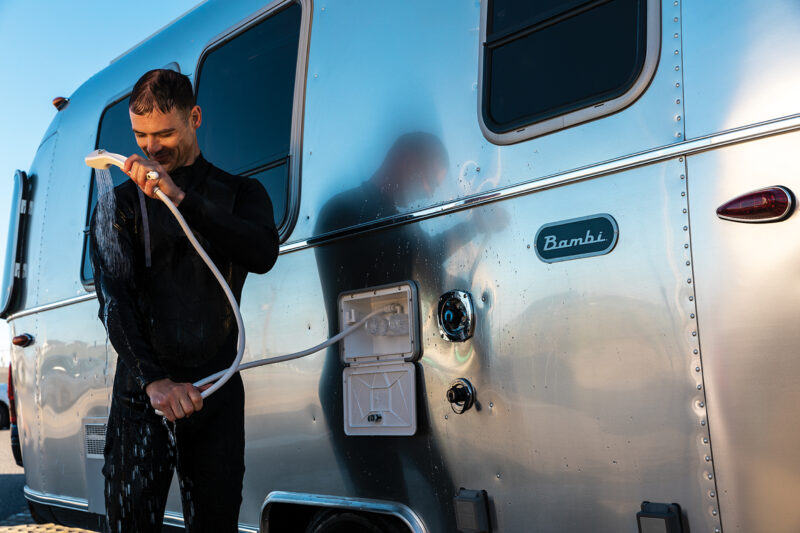
Some of these projects have included installing rainwater harvesting and solar-powered systems, more compost and recycling stations, plus various methods of promoting water conservation. The Forest Service also hosts educational events for employees, students, and campers. These additions help make it even easier for visitors to reduce their impact while exploring natural spaces.
Sustainable Camping Tips
Aside from national programs, there are also individual efforts that can be made. One of the most impactful things RVers can do to camp more sustainably is following the seven Leave No Trace principles. From properly disposing of waste to reducing campfire impacts, these principles help people be more environmentally responsible while exploring the outdoors.
“They are science-based guidelines … that people can put into place when they’re outside to enjoy the outdoors in a way that will protect the various places where they like to play,” says Faith Overall, community engagement manager at Leave No Trace.
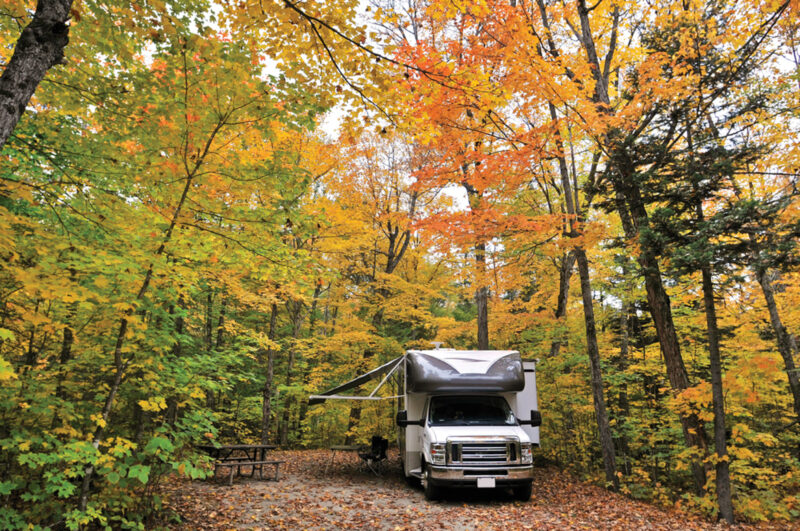
Though all seven of the principles are important, Overall notes that camping on durable surfaces is one that campers and RVers should absolutely adhere to. This means using discernment about “the level and type of use in the area, the fragility of vegetation and soil, the likelihood of wildlife disturbance, and assessment of previous impacts, and your party’s potential to cause or avoid impact,” according to the Leave No Trace website.
In order to avoid unintentionally camping in sensitive areas, it’s imperative to plan ahead. “In general, we say that ‘Plan Ahead and Prepare’ is the most important principle because if you don’t plan ahead and prepare, it becomes a lot harder to practice the other things,” Overall says.
6 Things We Wish Campers Knew About Sustainability
This planning can begin as early as the build-out stage (if you’re outfitting your own vehicle), all the way through to the vehicle’s final destination. From purchasing a more eco-friendly RV and installing energy-efficient appliances to disposing of waste and buying local products while on the road, there are a lot of things that can be done to mitigate one’s environmental footprint.
Hardy, who believes environmental and socio-cultural impacts are inherently intertwined, says one of the best practices for RVers and campers is to shop locally whenever possible.
“That has a social impact in that it puts money into the economy, but it also has an environmental impact in that you have less fuel miles and you’re supporting local ecosystems or farming,” Hardy explains. “That even includes where the RV comes from because if you’re buying an American-made RV, you’re not using fuel to bring the parts over.”
What to Avoid When Camping
Though spontaneity can be exhilarating, it often isn’t conducive to a sustainable camping trip, especially with more recreation sites implementing reservation systems to control the rising number of visitors.
“If you don’t have that backup campsite, it becomes a lot harder to avoid damaging vegetation because you’re trying to find a new one or you end up having to create a new one because there’s no room left at existing sites,” Overall says, noting that an RV can cause a lot more damage to a sensitive area in a lot less time compared to tent camping.
Creating new campsites can also lead to soil erosion, so always stay within existing boundaries or, if absolutely necessary, find a spot where vegetation is absent. If you’re in a vehicle, park and wash it at least 200 feet from any water sources to prevent contamination.
Eco-Friendly Campgrounds to Book Your Next Green Stay
Be cognizant of the supplies brought on any trip, especially firewood. Sourcing firewood locally helps prevent the spread of invasive species that could hitch a ride on logs purchased elsewhere.
Leave No Trace and the Forest Service both recommend staying up to date on fire restrictions, keeping fires small when they are allowed, and slowly dousing them with water (until cool to the touch) before leaving a campsite. These steps help avoid human-caused wildfires.
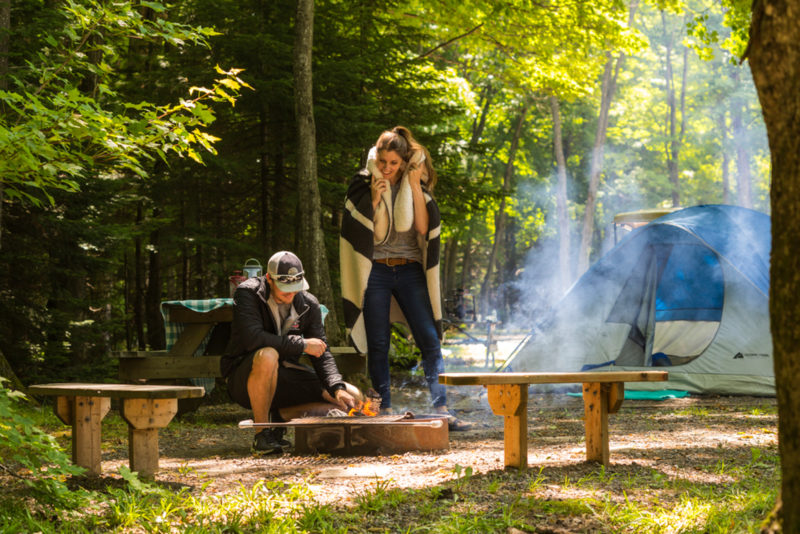
Best Practices on How to Build a Responsible Campfire
Other measures that should be taken are not parking in tall, dry grass and ensuring chains aren’t dragging from vehicles, as the respective heat and sparks can start fires.
You should also create a plan for dumping both trash and human waste during or after a trip to avoid disposing of it in detrimental areas.
Use Sustainable Camping Gear
While packing for a camping or RVing trip, the most sustainable option will always be to use what you already have. If you’re new to this lifestyle or genuinely need to replace something, consider an eco-friendly alternative. In addition to electric and fuel-efficient vehicles, stock up on reusable versions of bags, plates, drinkware, and utensils.
Though there are no official Leave No Trace-certified products, Overall personally likes to bring silicone bags for snacks and food storage, a water bladder or hydration pack, an insulated mug for morning coffee, and a camp kit with reusable plates and utensils.
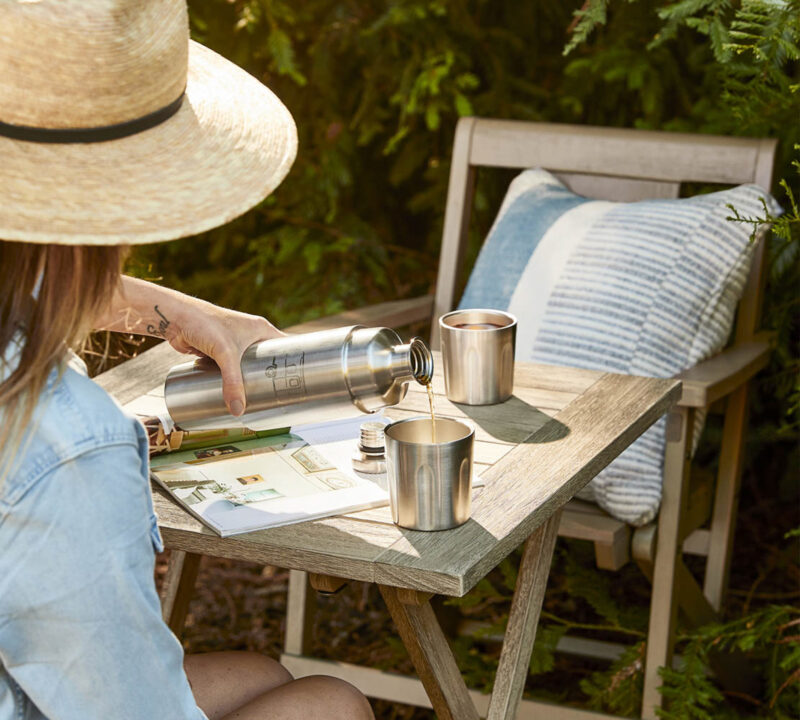
The Forest Service also recommends using non-toxic sunscreen and insect repellant as well as biodegradable soaps, sponges, and water basins.
Before purchasing new gear, first try to repair any old items and opt to donate, sell, trade in, or buy used whenever possible. If buying new is the only option, try purchasing from brands with sustainable clothing and gear choices made from recycled or organic materials.
In order to truly mitigate these various environmental impacts, it’s important for campers and RVers to enact individual action while educating others and demanding systemic change, which can give even more people incentive to make subtle lifestyle adjustments.
“[Our] research fully shows that if you tell people why they need to change their behavior, you can kind of nudge them rather than force and coerce them,” Hardy says. “If solar panels were cheaper and more readily available; if electric vehicles were cheaper; and if there was more information given out to communities … it might get people to accept that they need to behave differently.”
And in the RV and camping communities, where these things are already at the forefront of many people’s minds, it’s even easier to make a positive impact.
“What I really like about the industry is that [idea] of slow travel, authentic experiences, and the fact that at their heart they share information, they talk to each other, and that many of them are quite interested in putting back into the environment and also into the economy,” Hardy says.
Now all that’s left to do is start planning your next sustainable adventure.
